Lamsdorf – Stalag 344
In southwestern Poland there is a small town called Lambinowice (german Lamsdorf) where the Germans set up one of the largest prisoner of war camps. The camp was originally established during the French-Prussian war between 1870 – 1871 for French prisoners of war. During First World War, it was again used for prisoners of war taken by Germany. When the Second World War broke out, the camp was named Stalag VIII-B. After Germany attacked Soviet Union in June, 1941, the camp was divided into two parts where the new part was intended for Soviet prisoners of war and named Stalag VIII-F. The first (soviet) prisoners of war arrived in July, 1941, long before the camp was completed. The prisoners were forced to dig holes with their bare hands to get some protection from the weather.
Throughout the camp’s existence, Soviet prisoners of war were forced to perform slave labor in various mining industries and agro-industries. In June 1943, the camp became part of a major prisoner of war camp and was named Stalag 344. Same year, a camp was established within the camp called Stalag Luft VIII-B. This part housed allied pilots who had been transferred there from the overcrowded Stalag Luft VIII-C. As the Soviet red army approached in January, 1945, the germans began to evacuate the camp and the prisoners were sent to other camps. The camp was liberated March 7, 1945. About 300,000 prisoners of war were imprisoned, about 200,000 were Soviet prisoners of war. Of the Soviet prisoners of war, about 40,000 were buried in a mass grave near the camp. After the war, the camp was used for Germans waiting to be repatriated to Germany.
Current status: Demolished with museum (2013).
Location: 50° 34' 07.70" N 17° 33' 33.39" E
Get there: Car.
Follow up in books: Bob, Fedorowich, Kent: Prisoners of War and Their Captors in World War II (1996).

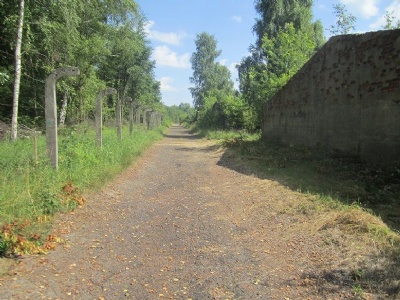
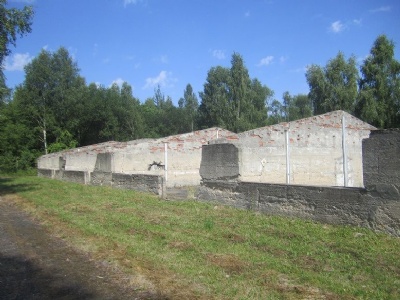
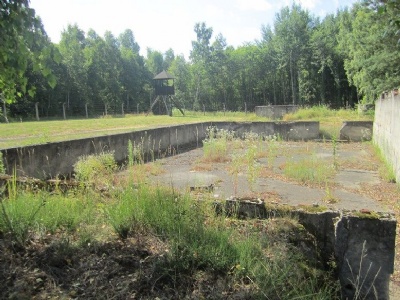
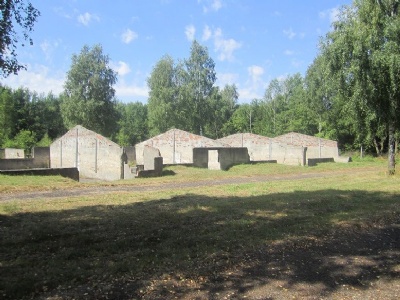
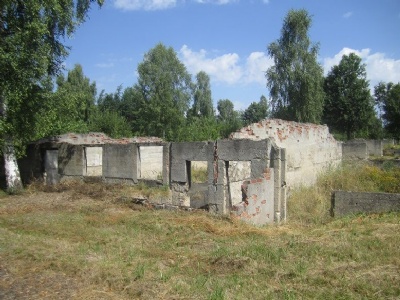
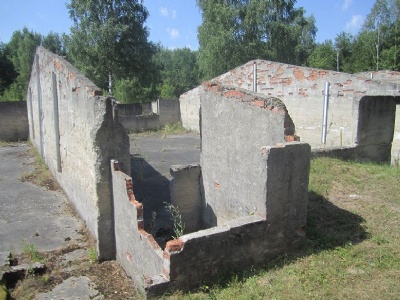

Unlike the British and American prisoners of war, where officers and non-commissioned officers were imprisoned in different camps (Stalag and Oflag respectively), did not apply for Soviet prisoners of war. British and American prisoner wasn’t either used to the same extent for slave labour, even if there were some activities in the camps. The Soviet prisoners of war, on the other hand, were exploited to maximum as slave workers. Since the Soviets had not signed the Geneva convention, the germans felt they did not have to follow the rules of war regarding Soviet prisoners of war. Of the scarce six million Soviet prisoners of war taken by the germans during the war, about 60 percent died. The Germans pursued a deliberate strategy of annihilating the Soviet prisoners of war, mainly through slave labour and starvation. The corresponding figure for British and American prisoners of war is quiet different. Out of 230,000 prisoners of war, only about 8,000 died, or 3.5 percent.
Of the former camp’s about 20 barracks, there are both ruins and foundations left and is part of a museum. Reconstructed is a watchtower and the camp gate. However, it is located a little apart about three kilometers north of Lambinovice in a wooded area, but once there it is interesting to walk among the ruins. At the mass graves, 500 meters from the camp, where the Soviet prisoners of war were buried, there is a monument. In Lambinovice there is a modern and interesting museum that informs about the history of all the prisoner of war camps in Lamsdorf.